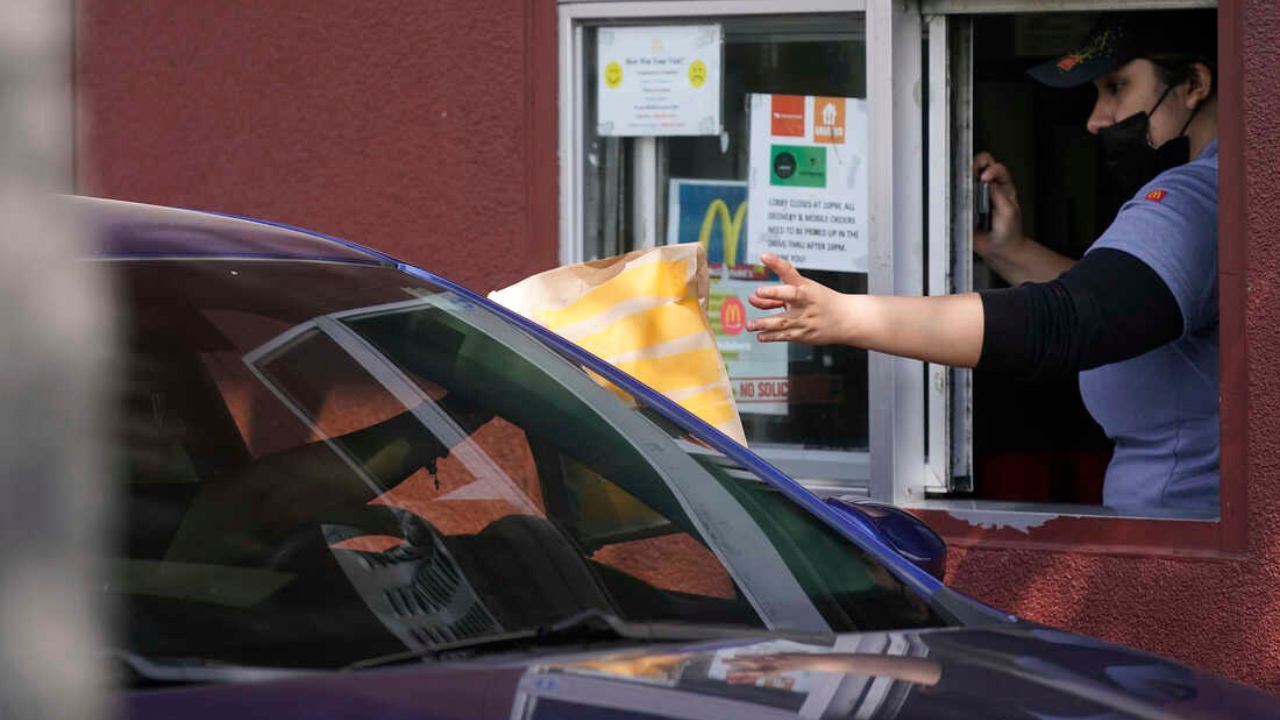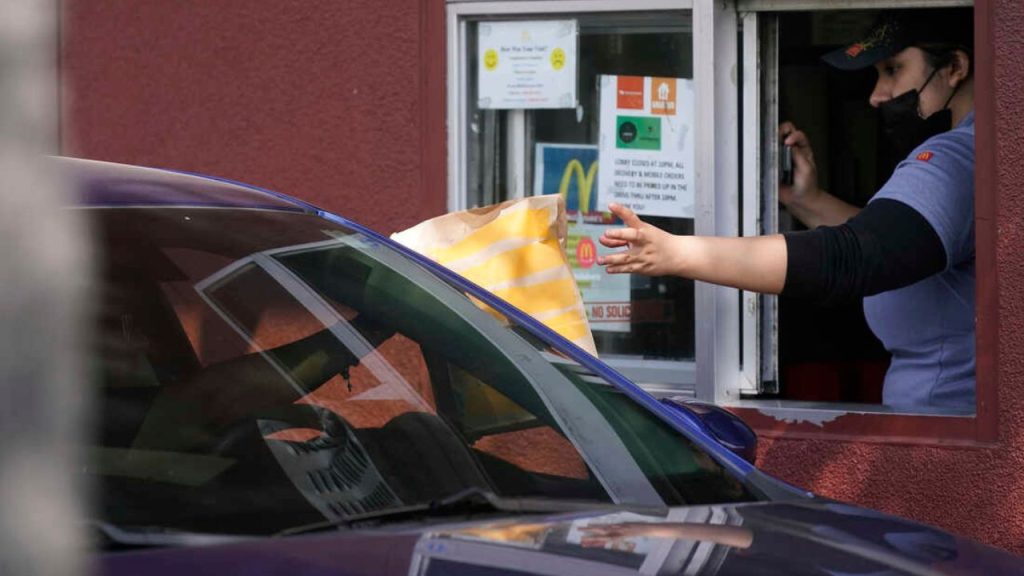Meanwhile, other Californian business owners are keeping an eye on whether they will need to increase their own wages to remain competitive when fast-food restaurants begin paying their employees a higher minimum wage.

Employees of fast-food restaurants with more than 60 sites nationwide will begin receiving $20 per hour on Monday, which is more than the state’s $16 minimum wage. The September state law that established the nine-member council and set future pay increases, as well as other labour standards for the business, is what led to the establishment of the new pay floor. Governor Gavin Newsom declared upon the bill’s enactment that there are over 500,000 fast-food employees in the state.
Some of the impacted chains have increased menu pricing and reduced staff in response to the required pay increase. Drivers were let go by franchisees of Pizza Hut, Round Table, and Papa John’s before the deadline. Several restaurant chains, including Chipotle Mexican Grill, Wingstop, and McDonald’s, have announced that they will increase the prices of their menu items to cover the increased labour costs.
“The consequences are business owners — franchisees who are not large companies, despite what the political supporters of this law have said — these are small businesses and they’re facing now mandated higher costs. And those costs are going to get passed on to the customer and will likely result in fewer jobs,” Matthew Haller, president and CEO of franchisee advocacy group the International Franchise Association, told CNBC.
Small coffee chains, mom-and-pop diners, and premium steakhouses in California won’t be directly impacted by the rule, but they may still need to change their pay scales to remain competitive for the same staff. Additionally, businesses like retail and hospitality that depend on hourly labour may feel pressure to raise salaries or risk losing their staff.
“I think we are going to see spillover effects within food service, but beyond that, we should expect to see spillover effects to other industries competing for this talent,” Daniel Zhao, lead economist for career site Glassdoor, told sources.
As employment growth in the most populous U.S. state has stalled, the law goes into force. The Bureau of Labor Statistics reports that in February, California’s unemployment rate was 5.3%, higher than the 3.9% national average.
Employers in California are used to paying more for workers, even if the new minimum wage for fast food is among the highest in the nation. The municipal minimum wage in about thirty California counties and towns is more than the state minimum wage of sixteen dollars per hour.
Restaurants typically find themselves paying more than the minimum wage to entice hourly workers, even in situations when it is not required. The business has been facing a labour shortage for years as older workers leave for other industries offering better benefits and working conditions, and teenagers choose internships over restaurant positions.
Before the law went into effect, hourly food service workers in California made, on average, $17.89 per hour, based on self-reported Glassdoor data from October 1 to March 28. However, throughout that period, only 22% of the state’s hourly restaurant employees were paid at least $20.
According to Zhao, fast-food establishments in places like Fresno, where the cost of living is lower, will be more impacted by the salary increase. The difference between previous pay rates and the new minimum wage is probably less in large cities.
For instance, owner and CEO Lauren Crabbe claims that non-tipped staff at San Francisco’s Andytown Coffee Roasters already make more than $20 per hour. Although she believes the lawmakers missed an opportunity to tackle industry titans in other sectors, like retail, she expressed her excitement that workers for huge chains of fast food will now receive a higher salary in California.
“If a multinational company making millions in profit cannot afford to pay the people making their product and serving their customers at least $20 [an hour] in 2024, then they do not have a viable business model,” Crabbe said.
Nor is the CEO of the Cheesecake Factory concerned about the pay increase. Being a full-service restaurant franchise, the business is exempt from paying its California employees $20 per hour. However, CEO Matthew Clark stated during the company’s February earnings call that he thinks fast-food employees already make far more than those in tipped roles inside the network.
“Many of the California [quick-service restaurant] urban locations are already paying $19 and $20,” he said. “We believe that’s partly why they agreed to do it in the first place.”
Businesses outside of the restaurant sector are also keeping a watch on the fast-food workers’ pay boost.
Long Beach-based Growing Roots is managed by Jennifer B. Perez. Having been in operation since 2002, the company employs 13 people and provides indoor plant design, installation, and maintenance services to both commercial and residential clients.
Perez keeps an eye on price increases in industries other than her own to be competitive. This year, she granted employees raises before the fast-food price increase. According to her, the lowest end of her pay scale for inexperienced workers is $19 per hour, more than $2 above the minimum wage in the area. In addition, they receive paid time off and have dental, vision, and health insurance.
“It’s a ripple effect because I’m not part of that industry,” Perez told CNBC of the fast-food increase. “I’m always over minimum wage, but since that keeps increasing and increasing, and it’s a 25% increase from $16 to $20, it’s something to think about.”
Like many business owners, Perez must take inflation into account when determining how her company’s labour costs and her clients’ budgets will be impacted.
“The majority of small enterprises are unable to implement a uniform 25% increase or pricing hikes,” the spokesperson stated.



